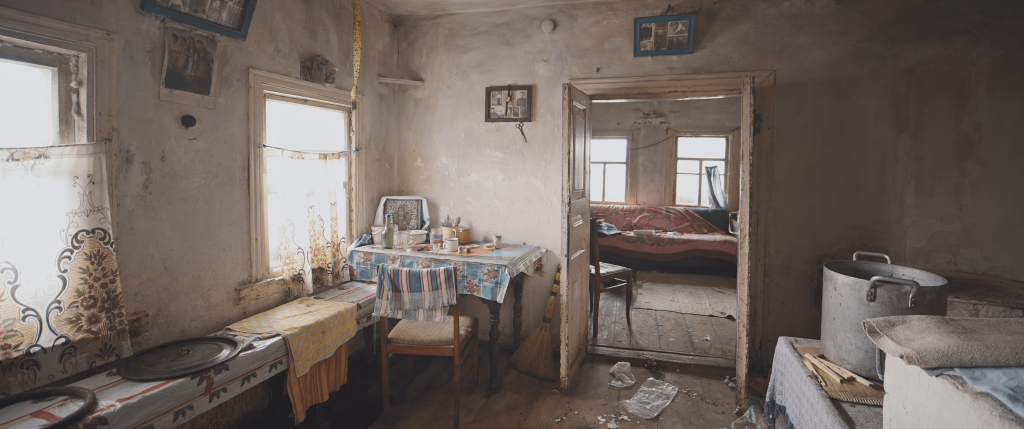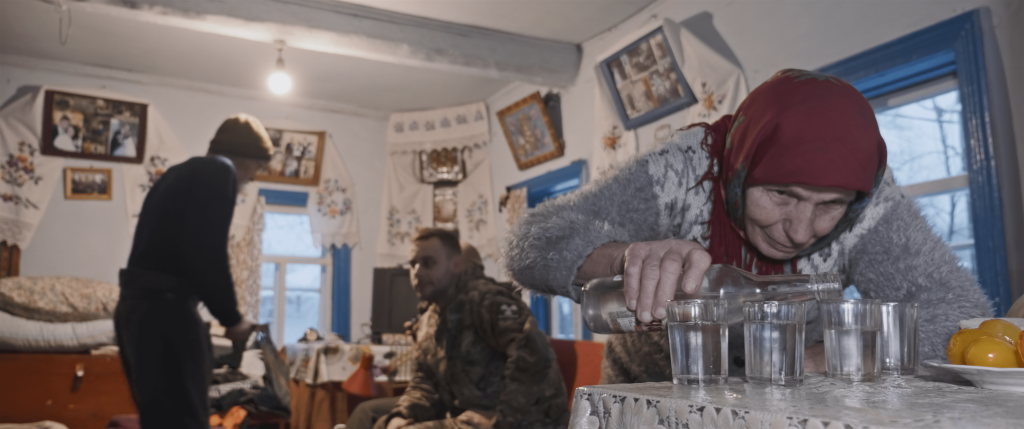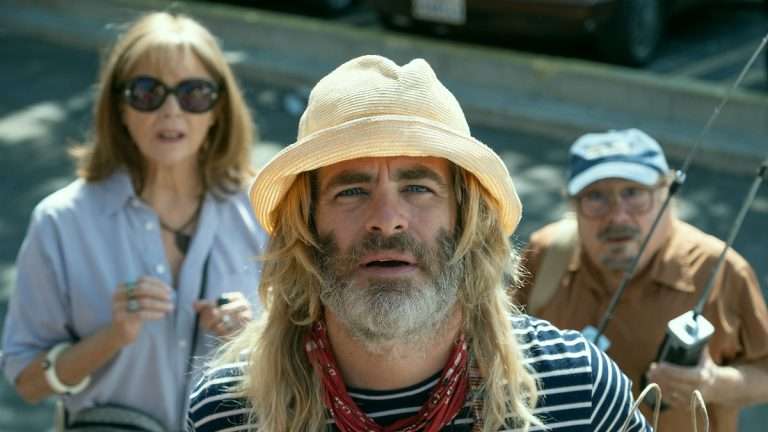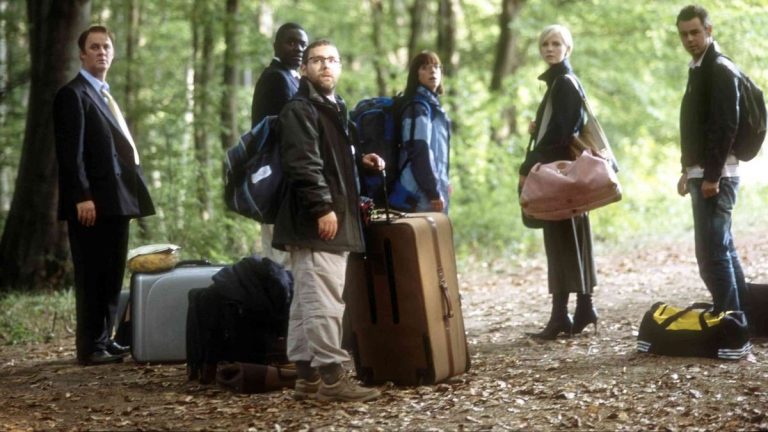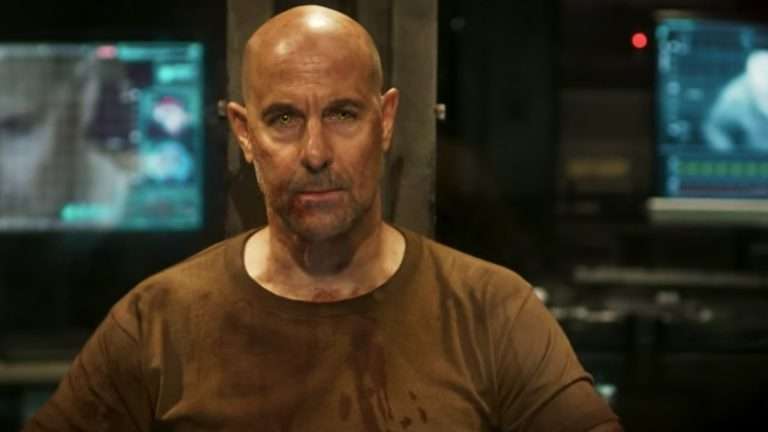“Some had to go to Moscow…some to Kyiv, and some,….some to the morgue.”
Long after you have finished watching the heartbreaking documentary, these words from one of the subjects will clout your mind. Cohered in multifarious aspects of infliction, hope, and benevolence, the documentary unfolds like a gripping non-fictional novel- raw, real and insightful. ‘Chernobyl: Men of Steel’ is a harrowing tale of the indigenous inhabitants of the small Ukrainian village ‘Kupovate’ which was affected by the horrendous nuclear power plant disaster. Penned down in six chapters, the soul of the documentary evokes sentiment that can be best described as a combination of reminiscence, horror, and sorrow.
The world woke up to the dreadful news of the Chernobyl nuclear blast at the dawn of 26th April 1986. Now known as the worst nuclear disaster in the history of mankind, the accident was the reason for the evacuation of around 145,000 people. Even after the extent of the affected areas by the radioactive contamination was determined, the original inhabitants were disallowed to return to the stricken areas. Regardless, around 3000 people decided to return to the exclusion zone within a year. As per official reports, out of the 3000 people, 93 are still living there. Ground reports say that this number is not more than 20. These people who chose and are still choosing to live in the contaminated areas are locally called Samosely, meaning Self-Settlers.
‘Chernobyl: Men of Steel’ documents the survival and portrayal of Samosely, the indigenous people who are cut off from the mainland and are gradually fading into oblivion. Directed by Amadeusz Kocan, an independent Polish filmmaker, the film sees the elderly inhabitants through the lens of a humanitarian group who occasionally visit the village to provide for the inhabitants who are forgotten and excluded by the world. Kocan has been a part of the humanitarian action since 2017 which is organized to help these individuals, and that’s how long he has been talking to the stricken people of Chernobyl.
The first chapter of the documentary ‘Way Through and To’ begins with the humanitarian group visiting a babushka (read: elderly woman, the age of a grandmother) in a COVID care facility, which is a brilliant depiction of the two-fold isolation of the Samosely people. And ironically so, since the village is already deserted. What follows is a first-hand account of the disaster narrated by Samosely which acts as perfect testimonies and introduces us to the actual horrors of the scene. The residents were urgently asked to vacate their homes after one and a half days of the accident. Later, it was ascertained that the area was out of contamination but the residents were still disallowed to return. To be specific, records state that the effect of radiation in this area is lesser than that in central New York.
What began as a 3-4 days evacuation turned out to be an event for 33 years only to end up just as a chapter in the history books of the country. The film follows the lives of the 12 people who are part of the original group that returned to Kupovate against official orders. Long forgotten by the outside world, the interaction of the Samosely is solely restricted to this humanitarian group. In their own words, when the group visits, it is ‘almost like Christmas’.
Related to Chernobyl: Men of Steel (2022): Come and See (1985) Review
Stressing on the agony of the people affected, these first-hand accounts are in sharp contrast to the official statements and therefore, hold more value. What is strikingly overwhelming is the large-heartedness and high-spiritedness of these elderly individuals who still manage to find a ray of hope despite the desolation. As per an official report, the Samosely have no access to TV, general stores, running water and sometimes electricity. Even then, it is ironic how dearly these people hold on to their lives and their lands.
Another important issue that the film touches upon and sheds light is on the importance of literature in bleak times. A certain Samosely woman admits to singing song after song to herself, just because there is no one to talk to. The documentary also documents poems and stories that these people can recall from bygone times which keep them going in all these adversities.
Handled with extreme sensitivity, ‘Men of Steel’ is like none of the other Chernobyl films, series, or documentaries that showcase the scene of the nuclear explosion or its effect of it. It focuses on the aftermath of the disaster, through the shadows of the unfortunate who, against the decision of the government, hold on to their lands and defend it, despite knowing the fact they were thrown out without any intelligence. The extremely moving narrative has been captured and documented with such tenderness that it would bring tears to your eyes and a single watch will coerce you to examine your own privileged lives.
In segmented interviews, the documentary also delineates the issues of life losses- a resident talks about how her young kid died of appendicitis for lack of resources. And this is beside the naturally occurring deaths for the old and disabled. The people wait for the humanitarian groups to visit them frequently just because the group is their inlet to the outside world. In a conversation, an old woman asks the group to stay for longer, they tell her they couldn’t but they will come back, to which she says- ‘What if I am dead by Tuesday’.
But despite the dark future, the Samosely continue to live and laugh and have hope, which says so much about the human psyche and adaptation. The last chapter ‘Farewell’, shows a sequence of a feast that the inhabitants organize for the humanitarian group. There is song and dance, and a sizable laid-out meal which is another indication of the fact that despite the closed zone, there still are open hearts. A beautifully sad account of a devastating accident, ‘Chernobyl: Men of Steel’ is one of the finest works on the infamous Chernobyl disaster.

